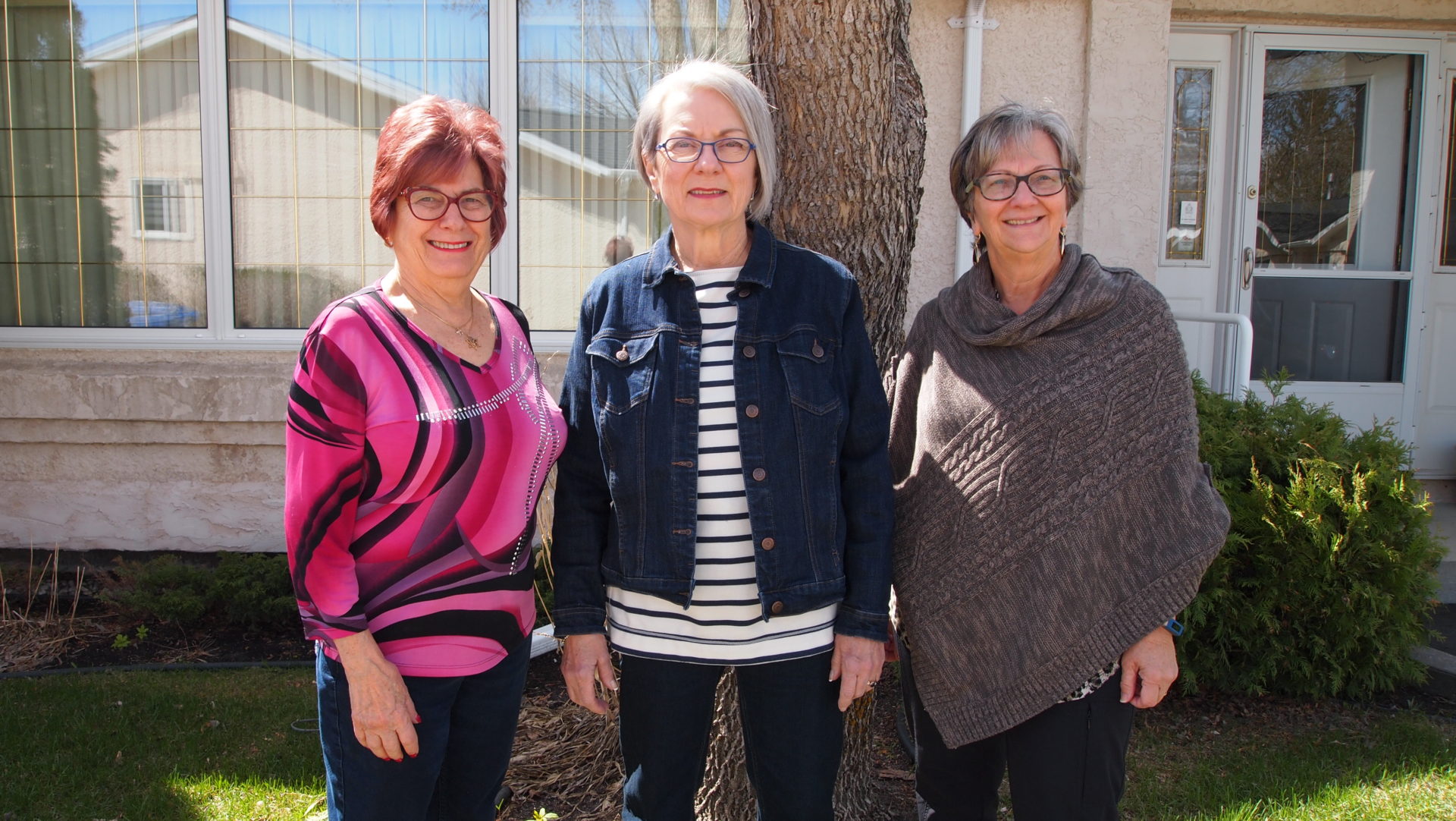When Adam Lavitt passed away in 2013, his loving wife Judith was standing by his side as pieces of broken pottery were placed on his eyes—in accordance with Jewish tradition—and the simple wooden casket was closed.
It was a moment of grief, for certain, but Judith Lavitt also recalls being struck by the simple white garments in which Adam was dressed—known in Hebrew as tachrichim.
“I thought people were buried in just a sheet and their tallis,” said Lavitt.
In fact, the tachrichim include pants, shirts, face and head coverings, a kittel, and a belt—all made from white, unbleached cotton. There are no buttons, zippers, fasteners, or even knots in the threads. The outfit dates back 2,000 years and was introduced to make sure that everyone could afford burial clothing. Everyone is buried in the same outfit, a reflection of Judaism’s belief in equality.
Not long after her husband’s passing, Lavitt saw a small ad looking for people who knew how to sew and were willing to volunteer their time to create the garments.
“I learned how to sew before I could walk,” said Lavitt, whose father was a tailor who worked out of the family apartment in China during World War II. “I’ve always loved sewing so I decided to volunteer.”

Lavitt hosted other Chesed Shel Emes volunteers who gathered together monthly to sew. “It satisfied a social need after Adam passed away,” said Lavitt, one of 14 volunteer seamstresses. “I sew on my own now, but it still makes me feel very good.”
“I love sewing and this feels like an important way to give back to our community,” said Pamela Brooker, who first learned about the opportunity at a Congregation Shaarey Zedek Sisterhood meeting a few years ago. “The people whose garments I am sewing can never thank me, and so it feels like an unselfish act.”
Chesed Shel Emes decided just over four years ago to produce its own tachrichim instead of buying them pre-made. Vice-President Hillel Kravetsky delivers fabric to the volunteers and picks up the completed garments.
“They make it easy to volunteer and it feels right to help out like this,” added Lavitt. “It brings me peace.”